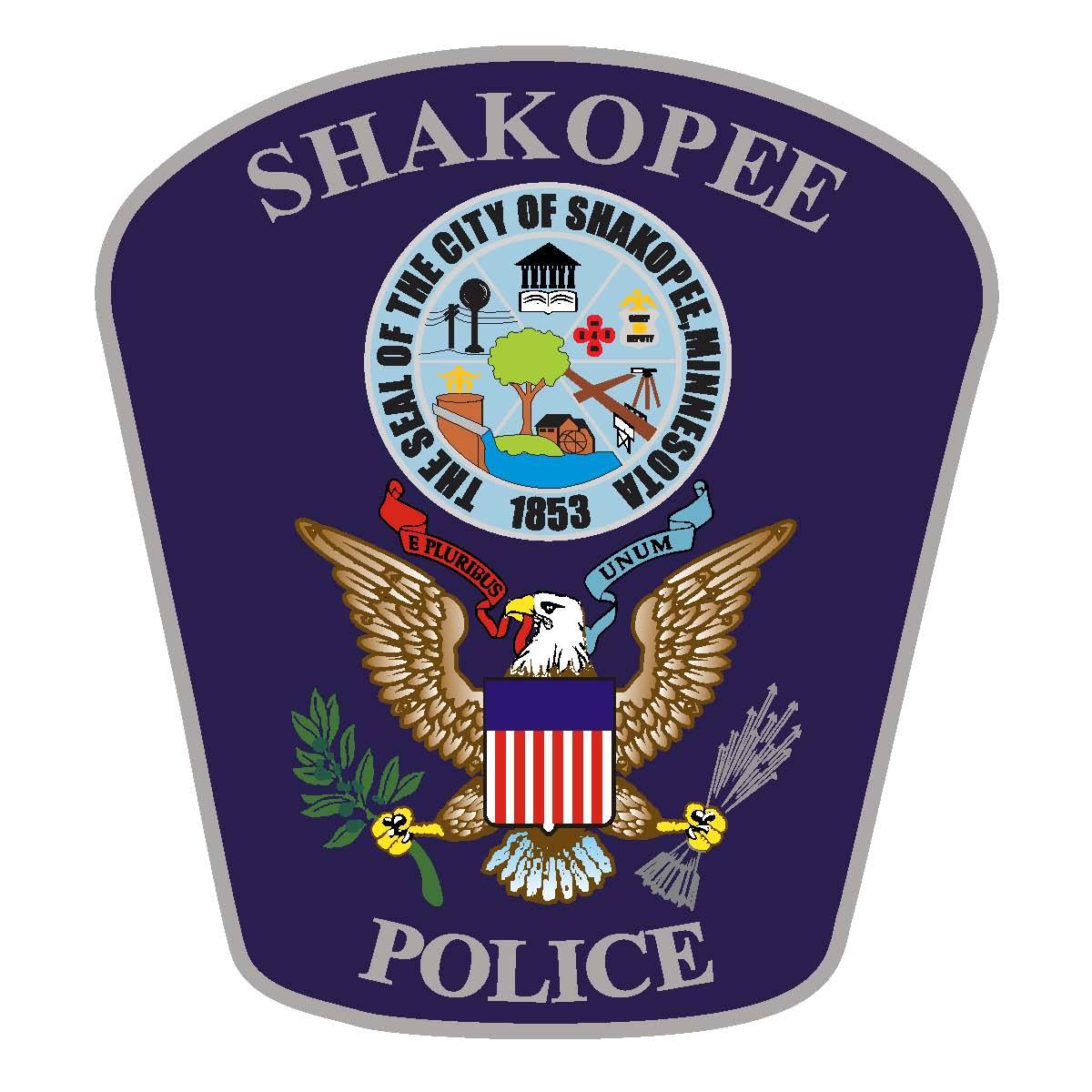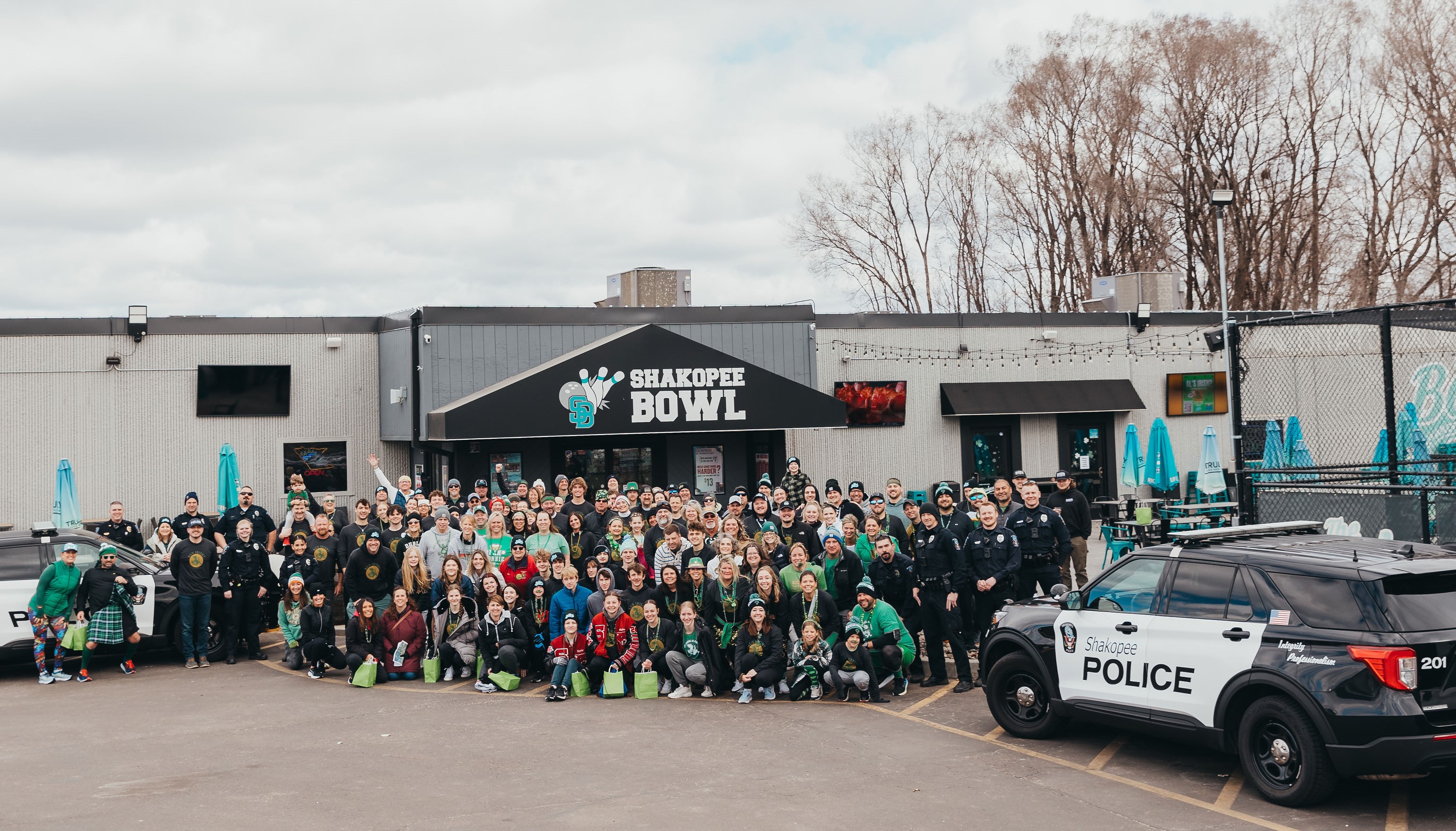Contact Us
To provide feedback on the Community Policing Dispatch, e-mail the editorial board at CPDispatch@usdoj.gov.
To obtain details on COPS Office programs, publications, and resources, contact the COPS Office Response Center at 800-421-6770 or AskCopsRC@usdoj.gov

U.S. Department of Justice
Office of Community Oriented Policing Services
Washington, DC 20530
 The addiction and overdose crisis impacts every city in the United States, regardless of size or location. And Shakopee, a city of approximately 47,000 residents located in the Minneapolis-Saint Paul metropolitan area of Minnesota, is no exception. In 2015, the Shakopee Police Department (SPD) came up with a novel way to address the crisis: A scholarship fund which would pay treatment costs for anybody who was committed to ending their addiction.
The addiction and overdose crisis impacts every city in the United States, regardless of size or location. And Shakopee, a city of approximately 47,000 residents located in the Minneapolis-Saint Paul metropolitan area of Minnesota, is no exception. In 2015, the Shakopee Police Department (SPD) came up with a novel way to address the crisis: A scholarship fund which would pay treatment costs for anybody who was committed to ending their addiction.
Said SPD Chief Jeff Tate, “Brainstorming with our staff for a promising way to deal with this epidemic led to the suggestion of partnering with a treatment center. And during our first meeting with a local provider, we learned that the biggest barrier to treatment for most people was the cost.
"Even those who start a program often can’t afford to complete it—even with insurance, which doesn’t always cover the entire cost and can have a co-pay as high as $1,500. So we turned our attention to figuring out a way to help make treatment affordable."
Recovery Assistance Program (RAP) scholarships reward commitment
Chief Tate continued, “We came up with the idea of paying for it through a Recovery Assistance Program (RAP), which we decided to call a scholarship program. Why? Because we didn’t want participation to be stigmatizing. And the word scholarship fits what we were doing. Scholarship programs are associated with commitment and working hard – and that’s what these people are doing in their battle against addiction.
“We decided that the RAP scholarships could provide up to $3,000 for treatment of drug or alcohol addiction. Then, knowing taxpayer funds were not an option, we had to figure out where the money would come from.”
They decided to use their civil asset forfeiture funds—money a law enforcement agency seizes from criminals who have acquired it through illegal activities. These funds, which are traditionally given to the agency that seized it, are used for a variety of law enforcement needs, such as squad cars, jails, and equipment.
The chief reached out to the Minnesota State Auditor's office to ask if the SPD could use these funds under the prevention umbrella, and the auditor's office concluded that they could. According to Chief Tate, the SPD is not only the first department they know of that has this type of program but also the first to use asset forfeiture funds in this way.
Asset forfeiture funding and donations fund treatment
“We had a balance in the asset forfeiture fund and already had a nonprofit called Shakopee Crime Prevention Inc., which now has a line item in its budget for the RAP program. We also get donations now from faith groups, and other organizations as well as individuals.

“People have walked into our department saying things like ‘I’ve had family members who struggled with addiction. Here’s $50 to help out.’ And the organizers of a 5K run on this year’s St. Patrick’s Day raised $27,000 for the program.”
Since funding its first partnership with Northstar Recovery—in 2015, when five scholarships were awarded—the RAP Scholarship program has grown its partnerships to eight treatment providers and awarded close to a hundred scholarships. To obtain a scholarship, the applicant must be a resident in the city of Shakopee, have successfully completed at least 30 days of treatment with one of the SPD’s partner organizations, and demonstrate a financial need. Scholarship applications are reviewed by a member of the SPD’s staff, and if awarded, the funds are paid directly to the partnering treatment provider. To ensure that the client is continuing treatment, an SPD staff member does 30-day check-ins during the treatment.
 Chief Tate explained, “We are billed directly by the provider, so no money goes to the client. But the client must remain in treatment and follow the rules of the treatment facility to continue to get funding. The money can be used for inpatient or outpatient treatment at any of providers we partner with. Some are faith-based, some are very structured, others are not—they vary.
Chief Tate explained, “We are billed directly by the provider, so no money goes to the client. But the client must remain in treatment and follow the rules of the treatment facility to continue to get funding. The money can be used for inpatient or outpatient treatment at any of providers we partner with. Some are faith-based, some are very structured, others are not—they vary.
“Some people need the entire $3,000, some have insurance but can’t meet the deductible, and others need even less. We cover what we can. If treatment takes more than $3,000, they can reapply. We evaluate how they are keeping up their end of the bargain, and in one or two cases, we have funded the program for a second year.
“RAP is managed by our Victims Services Coordinator. But it doesn’t take a lot of time, especially once you get it going. Members of our staff review applications when they come in. Then we pay the treatment center for the recipient, with funds from the Crime Prevention account.”
Support for different journeys to sobriety
“We use the account to pay for other treatment-related needs, too,” Chief Tate said, “such as car repairs so a person could make it to treatment. We also contribute to the cost of a sober living program when people leave jail, to help them keep from drinking. And we helped cover the rent for a single mother while she was receiving inpatient treatment because she couldn’t work while she was in treatment and would lose her apartment if she missed rent payments.
“Everybody has a different journey to kicking addiction. And any way we can help them on it, we will. The best thing about RAP is all the positive outcomes. In nine years, only three of the 98 people who got help from the department have had contact with law enforcement since completing treatment.
“I was asked to be a character reference for somebody we’d arrested on a drug possession charge and who had completed treatment with a scholarship. He got the job from a company that would not have hired him without my reference. Another guy, who got sober through the program, is now a peer recovery coach.
“These things are the most rewarding for me. And I think for our officers too. They’ve made personal connections through the scholarship program. And they’ve seen that it works. Ordinarily, you drop somebody at jail and never see how things work out; now you can see good results. It makes our officers feel good—and increases job satisfaction in our department.
“We’ve also built a lot of good will in Shakopee with RAP. I’ve been chief here for 15 years, and no other program has had gotten as much positive feedback as this one.”
Faye C. Elkins
Sr. Technical Writer
COPS Office
Images Courtesy of Shakopee Police Department.
Subscribe to Email Updates
To sign up for monthly updates or to access your subscriber preferences, please enter your email address in the Subscribe box.






